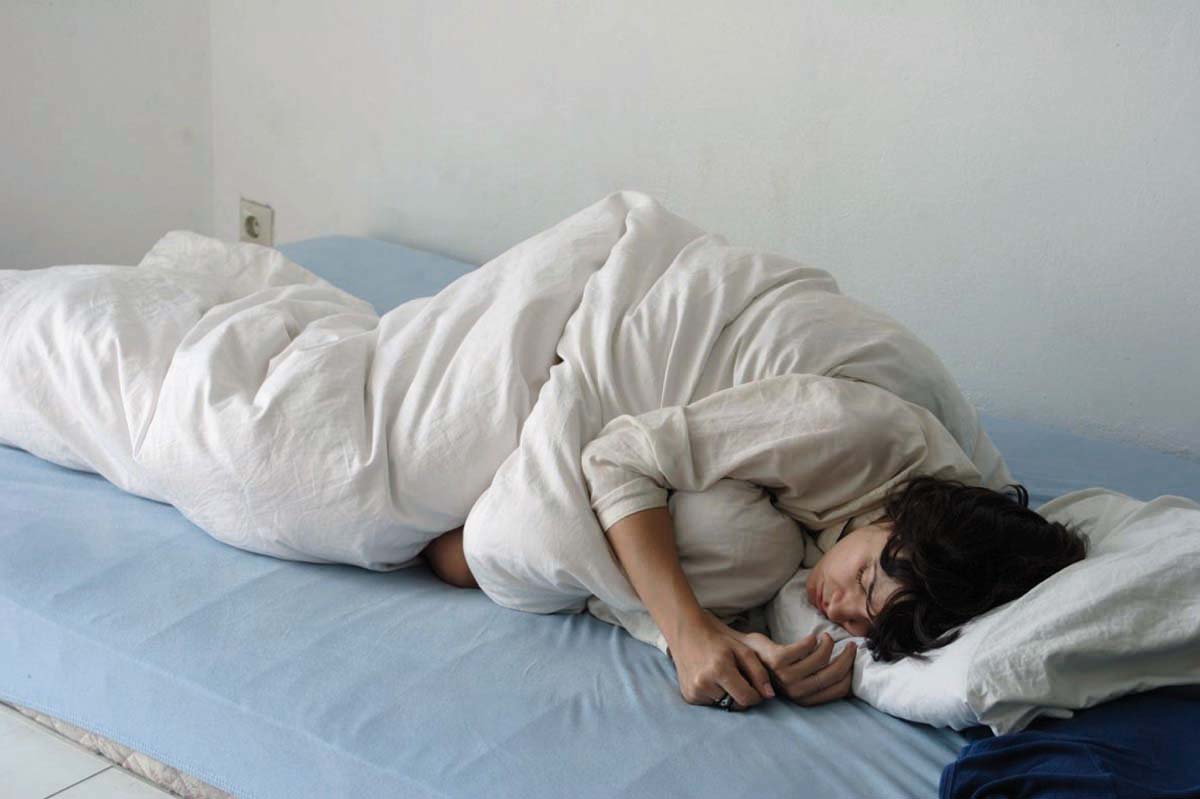Communication with the purpose of culturally promoting artists included in the Fundación María Cristina Masaveu Peterson Collection, works protected by intellectual property rights. Their total or partial reproduction or processing by any means, or their transmission or cession in any form is forbidden without the authorisation of the holder of the rights to the works
Under The Weight of Imagination, I am Overcome
TECHNICAL DATA
Author: Victor García (Gijón, 1976)
Title: Under the weight of imagination, I am overcome
Year: 2007
Technique: siliconised colour photograph on aluminium
Size: 90 x 110 cm
This is one of the first pieces to be added to the Contemporary Art Collection, FMCMP, after the donation from four young Asturians as a result of the scholarship which, awarded by the María Cristina Masaveu Peterson Foundation and Gijón City Council, allowed them to participate in the Photo Miami fair in 2007, one of the world’s leading events in the field of photographic and video art. Víctor García is an Asturian artist currently living in New York and whose career, still in the early stages, often seeks the poetry of figurations through sculptures, paintings, videos and experimental photographs, such as this one, trying to develop a language of his own.
Personal memories, nostalgia and metaphors occupy this piece, which reveals his interest in transmitting an idea through the title and maintaining these parallels between the practices of painting and photography, with a similar inclination for decorative harmony, capturing the moment and maintaining the anonymity of the figure to capture a simple everyday scene. It uses a simple image, common in countless historical episodes, with the sleeping figure wrapped in sheets, that so many artists have produced from classical times to the modern day. An almost mythological inheritance, practised to the point of satiety, retinal sequence that we maintain as a subconscious memory of the loves of Zeus and Antiope, or of Ariadne’s dream, or of the endless Dionysian Mysteries, or of his Renaissance reinterpretations. The spectator as a voyeur, invading the intimacy of the scene, the artist as a hidden lover, spying on his partner in a sort of erotic connection that here serves as an example, among other things, to illustrate the high degree of dependence between literature and art.

